My almost 6 year old son, Jesse, and my 7 year old daughter, Cami, are having difficulty remembering the names of the letters in Barton. According to Susan Barton, it’s ok to focus on teaching the sounds of each letter even if they have difficulty remembering the letters’ names. So, I don’t ask them for the names of the letters. Doing just that has been fine for my daughter, but not my son.
I can hear you saying, “Wait a minute! You can’t teach someone how to read without teaching them the names of the letters!” She completed level 2 just fine once I stopped asking her for letters’ names because she could focus on learning just the sound each letter made. She did end up learning the names of the letters by the end of the book because I naturally mentioned the names of the letters as we progressed through the book. For the severely dyslexic, experts, such as Susan Barton, actually recommend and give you permission to skip forcing students to memorize the names of each letter.
Back to Jesse. I decided it would be beneficial for him to play games so he could practice associating letter sounds with the letter.
People who have purchased the Barton Reading & Spelling program have access to password only tutor support, which includes games tutors can download and print. Guess what? I lost that password. The person who gave it to me in the first place reminded me what it was, but it didn’t work.
I looked into the free online games available at the Barton site, but they were for people who already knew which letter made which sound and prepared to read basic words.
I decided to start making my own cards for Go Fish and Memory. I started out by making cards for book 2 lesson 1. There are a couple of extra cards because I only made the cards for the letters and the images of the keywords from this lesson. Then, I made separate files for each lesson. This way, I print, cut and laminate them when I need them, then follow the same procedure for the next set when I am ready. One lesson builds upon the other, so when I am at the last lesson of the book, I’ll have all the cards.
Just in case you run into the same problem, I am making them available for you, too.
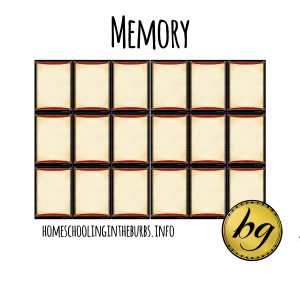
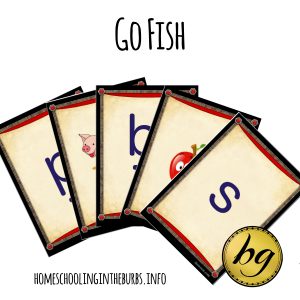 What you will need:
What you will need:
- Card stock to make them sturdy and not see through
- Plenty of ink (I use HP Instant Ink and use best printing settings because kids love vibrant colors)
- A program that reads PDF files (e.g. Adobe Reader)
What you may want, especially if you’ll use them with more than one student:
- A Paper Cutter to cut straight
- a Laminator & Laminator Pouches so the cards will last longer
How to make the cards:
- Download the file you want
- Open the program (I’m using Adobe Acrobat DC)
- Print them out. These are the printing settings I used (click to enlarge):
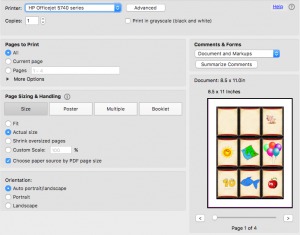
What you can’t see is a printer button at the bottom left side of the dialog box. I clicked it to make it print double sided:
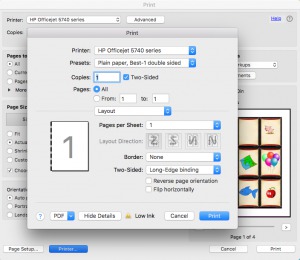
- Cut them.
I spent a lot of time trying to line them up exactly. However, your printer settings may cause them to be slightly off. Cut them on the lines of the “back side” of the card so it will be a fair game. Or you may have to spend some time playing with the settings for your printer.Update, I decided to change the background so that each lesson has a different color plus now you don’t have to worry about whether or not the front and back line up perfectly.
Another note, since I tutor multiple kids in Book 2 at a time, I decided to include all the cards from each lesson starting lesson 2. That way I can easily get out the cards I need for that lesson without sorting through the ones I don’t need. Each lesson goes into a labeled zippered lunch baggie. I believe the kids will enjoy the new patterns that come with each lesson.
Also, if you intend to play Go Fish, you may want to print out 2 or more sets of each lesson so that the game doesn’t go by too quickly, especially in lesson 1. For some kids, a slightly longer game will be more exciting.
At home, we don’t always include Go Fish as part of the lesson, so we have 4+ playing with us. Printing out more than 2 sets may be useful if playing with more than 2 players.
Here are the files:
Cards for Go Fish or Memory
How to Play Barton Style
Memory
Beginners: Each player is looking for the keyword and the letter that goes with it. Each time a player turns a letter card over, they need to say the sound the letter makes. For picture cards, they need to say the keyword followed by the first sound in the keyword. For instance, if the map card is selected, the player will say, “Map. /m/.” If the player makes the wrong sound for a letter or picture card, but chooses a match, let them keep the match. The person with the most pairs wins.
Advanced: Follow the same rules, but they must accurately say the letter’s name associated with the letter card. The person with the most pairs wins.
Go Fish
Beginner: Each player is looking for the keyword and the letter that goes with it. Each time a player asks for a letter card over, they need to say the sound the letter makes. For picture cards, they need to say the keyword followed by the first sound in the keyword. For instance, if the map card is requested, the player will say, “Map. /m/.” If the player makes the wrong sound for a letter or picture card, guide them to the correct sounds and let them keep the match.
Advanced: Follow the same rules, but they must accurately say the letter name associated with the letter card in order to make the match. The person with the most pairs wins.
Word to the wise: If you are an adult or tutor, you may want to occasionally make silly mistakes and laugh at them followed by saying, “I’ll get it right next time.” However, some students may take offense if they perceive that you are letting them win. On the other hand, if the tutor or advanced player always wins or wins by a landslide, it may be discouraging to a beginner. Use your discretion. The point is to help the students become more proficient while having fun.
Some people find the Barton Reading and Spelling for sale on Ebay or their local classified ads (e.g. Craig’s List).
Related articles
Barton Reading & Spelling Review
This is my most popular post. I share my experiences with the Barton Reading System, which was originally developed for adults struggling with dyslexia. It has since been adapted so children as young as 5 can use it, too, if they can hear difference between sounds (phonemic awareness).
Why I Homeschool
I didn’t plan to homeschool. In this article, I share my path from anti-homeschool to pro-homeschool.
StartWrite Worksheet Maker
I use this program to make handwriting worksheets using site words. I like to add the keyword pictures next to the words I use. Note: we practice handwriting outside of Barton Reading & Spelling lessons.


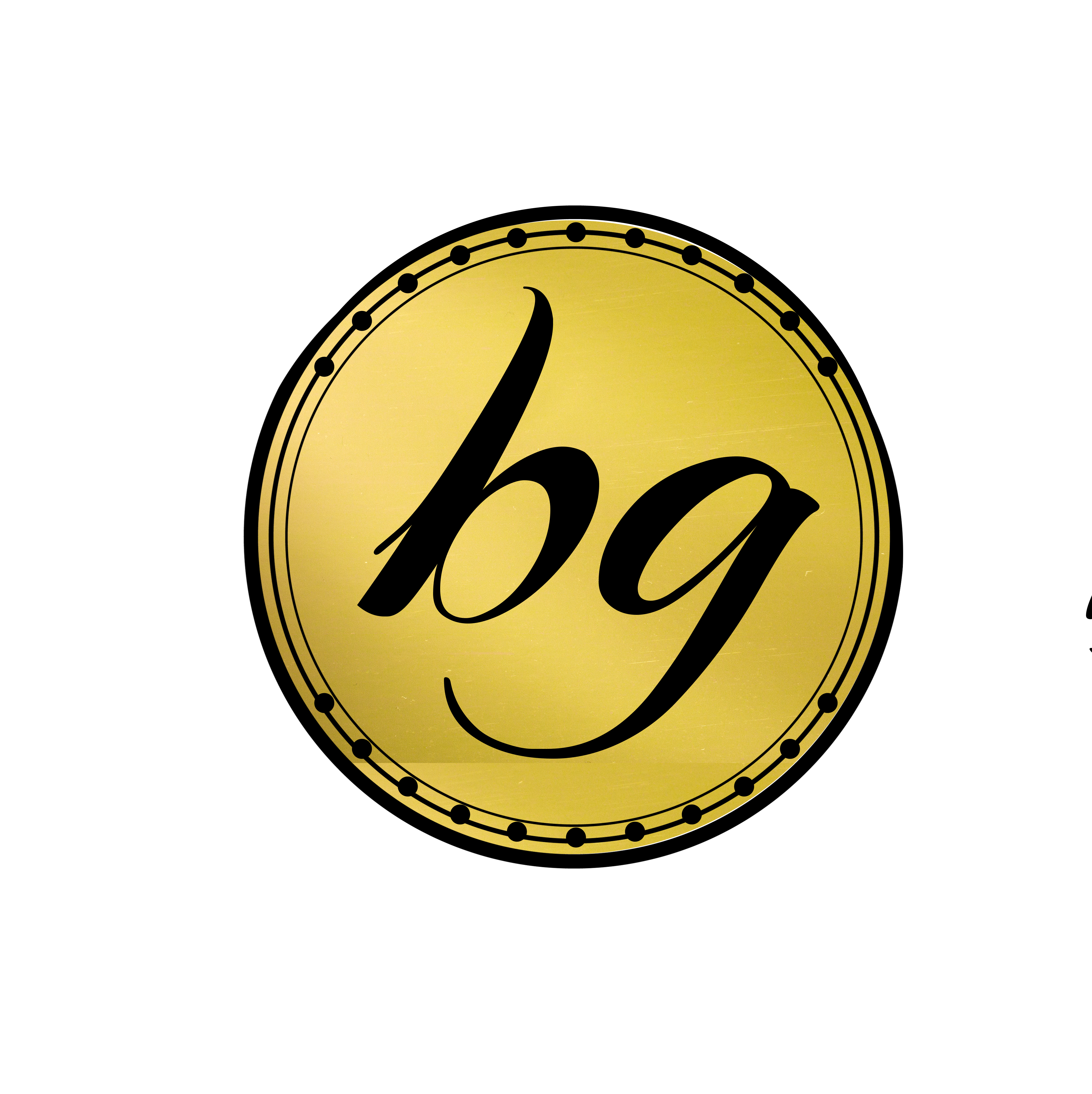

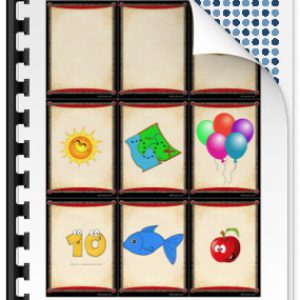
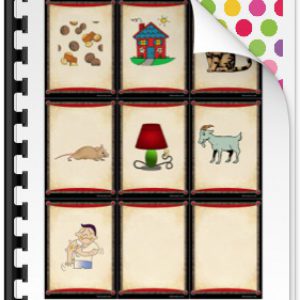
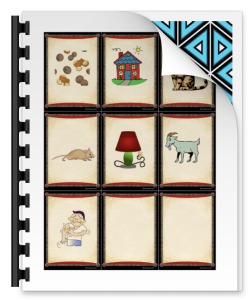






I have worked with many children with dyslexia or English is their second language. I agree that the sound of the letter is extremely important versus just the name. Knowing and recognizing sounds the letters can make is highly effective to improve their spelling. I found just positive motivation and being a great cheerleader can go a long way. Of course, this does not fix any struggles or difficulties the student has but it does keep them motivated to consistently pursue and “fight the battle.”
Thank you for your insight. I imagine that children in the ESL program are used to naming the letters by slightly different names, such as “z” verses “zed.”
I agree that being a cheerleader doesn’t fix the problem and I do believe it solidifies their sense of self worth while giving them strength to keep moving forward.
Again, thank you for your comments.